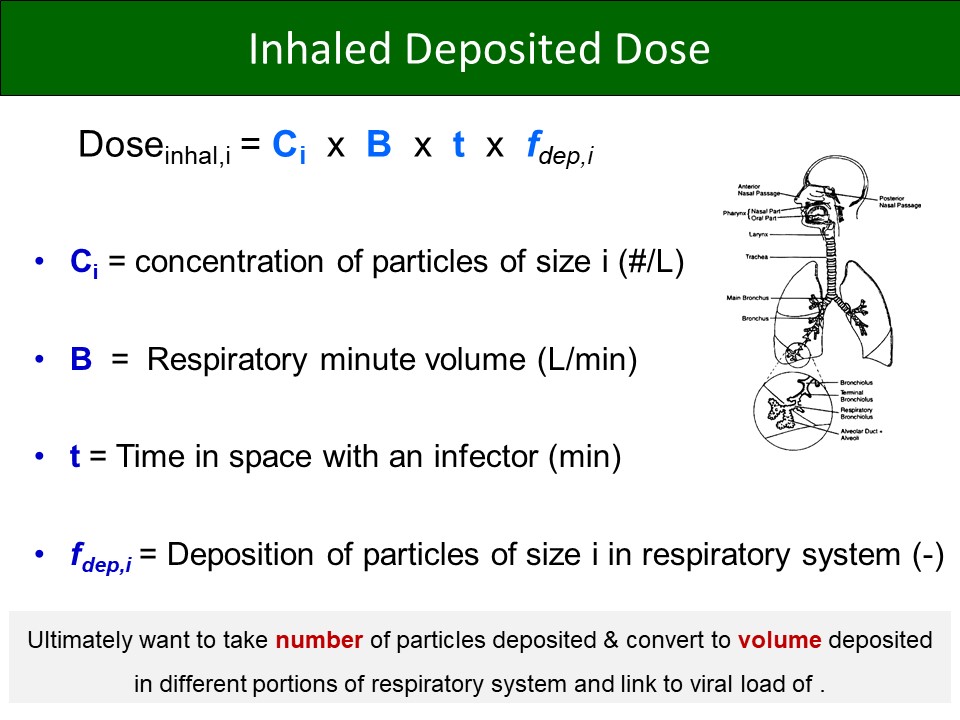
1/ Indoor Air Quality in Schools
Some slides from a presentation on indoor air quality in schools a decade ago. It contains reference to what I thought were important/insightful papers at the time. A lot more slides than shown here. Will post at corsiaq.com
Some slides from a presentation on indoor air quality in schools a decade ago. It contains reference to what I thought were important/insightful papers at the time. A lot more slides than shown here. Will post at corsiaq.com

• • •
Missing some Tweet in this thread? You can try to
force a refresh






























